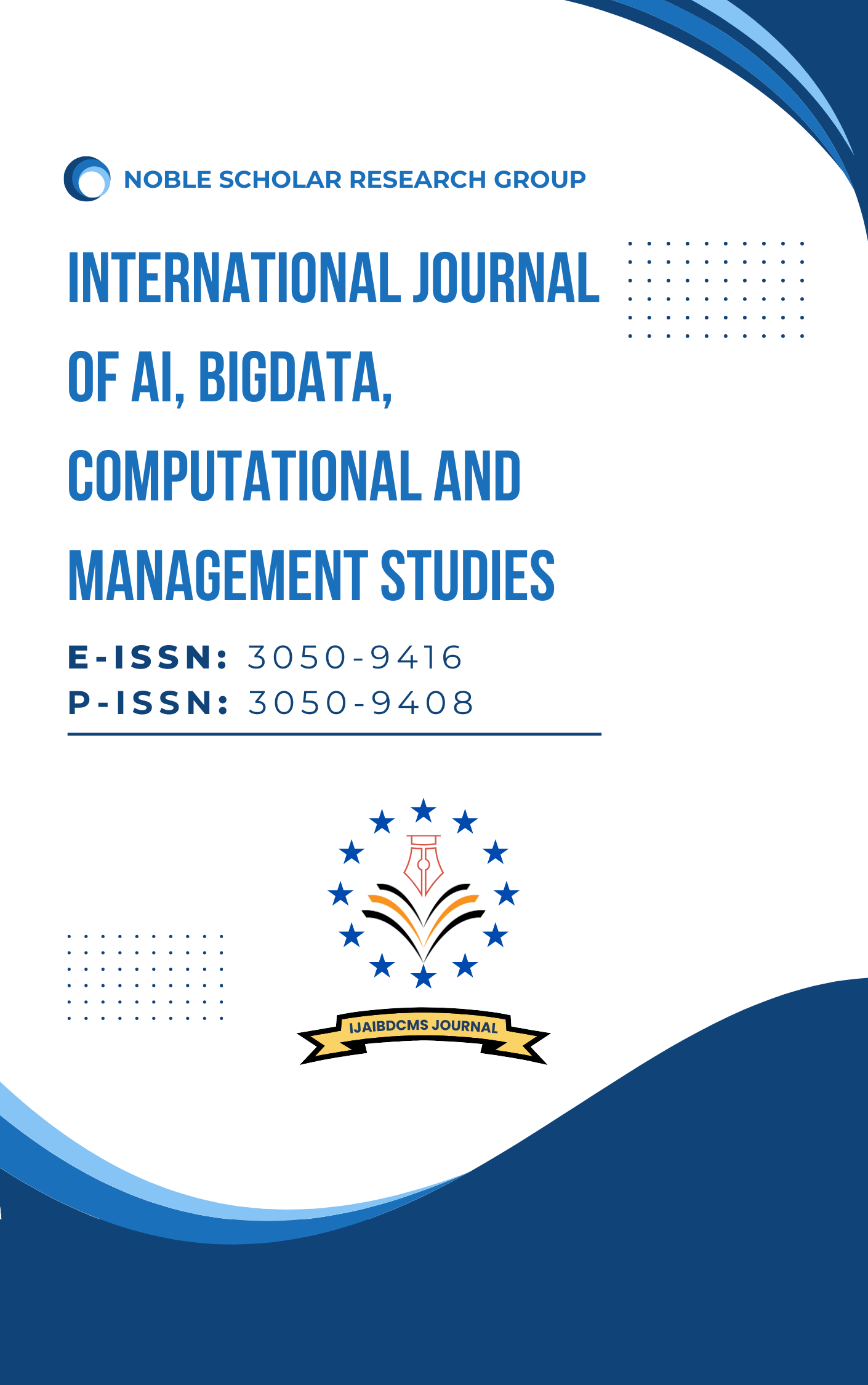Multi-Dimensional Search Structures for Deep Learning Architectures
DOI:
https://doi.org/10.63282/3050-9416.IJAIBDCMS-V5I1P102Keywords:
Deep learning, Neural networks, Feature extraction, Hidden layers, Multi-layer perceptron, Machine learning, Artificial intelligence, Data processing, Model inference, PredictionAbstract
Deep learning has revolutionized various fields, from computer vision to natural language processing, by enabling the creation of highly complex and powerful models. However, the efficiency and scalability of these models are often constrained by the limitations of traditional search and indexing structures. This paper explores the application of multidimensional search structures in deep learning architectures, focusing on their potential to enhance model performance, reduce computational costs, and improve data retrieval efficiency. We delve into various multi-dimensional search structures, including k-d trees, ball trees, and locality-sensitive hashing (LSH), and discuss their integration into deep learning frameworks. We also present experimental results that demonstrate the effectiveness of these structures in different deep learning scenarios. Finally, we outline future research directions and potential applications of multi-dimensional search structures in the evolving landscape of deep learning
References
1. Bentley, J. L. (1975). Multidimensional binary search trees used for associative searching. Communications of the ACM, 18(9), 509-517.
2. Omohundro, S. M. (1989). Five balltree construction algorithms. International Computer Science Institute, Technical Report.
3. Indyk, P., & Motwani, R. (1998). Approximate nearest neighbors: towards removing the curse of dimensionality. Proceedings of the Thirtieth Annual ACM Symposium on Theory of Computing.
4. Krizhevsky, A., Sutskever, I., & Hinton, G. E. (2012). ImageNet classification with deep convolutional neural networks. Advances in Neural Information Processing Systems.
5. He, K., Zhang, X., Ren, S., & Sun, J. (2016). Deep residual learning for image recognition. Proceedings of the IEEE Conference on Computer Vision and Pattern Recognition.
6. Mikolov, T., Chen, K., Corrado, G., & Dean, J. (2013). Efficient estimation of word representations in vector space. arXiv preprint arXiv:1301.3781.
7. Salakhutdinov, R., & Hinton, G. E. (2007). Learning a nonlinear embedding by preserving class neighbourhood structure. Proceedings of the 11th International Conference on Artificial Intelligence and Statistics.
8. Bengio, Y., Courville, A., & Vincent, P. (2013). Representation learning: a review and new perspectives. IEEE Transactions on Pattern Analysis and Machine Intelligence, 35(8), 1798-1828.
9. Kingma, D. P., & Ba, J. (2014). Adam: a method for stochastic optimization. arXiv preprint arXiv:1412.6980.
10. Vaswani, A., Shazeer, N., Parmar, N., Uszkoreit, J., Jones, L., Gomez, A. N., ... & Polosukhin, I. (2017). Attention is all you need. Advances in Neural Information Processing Systems.



